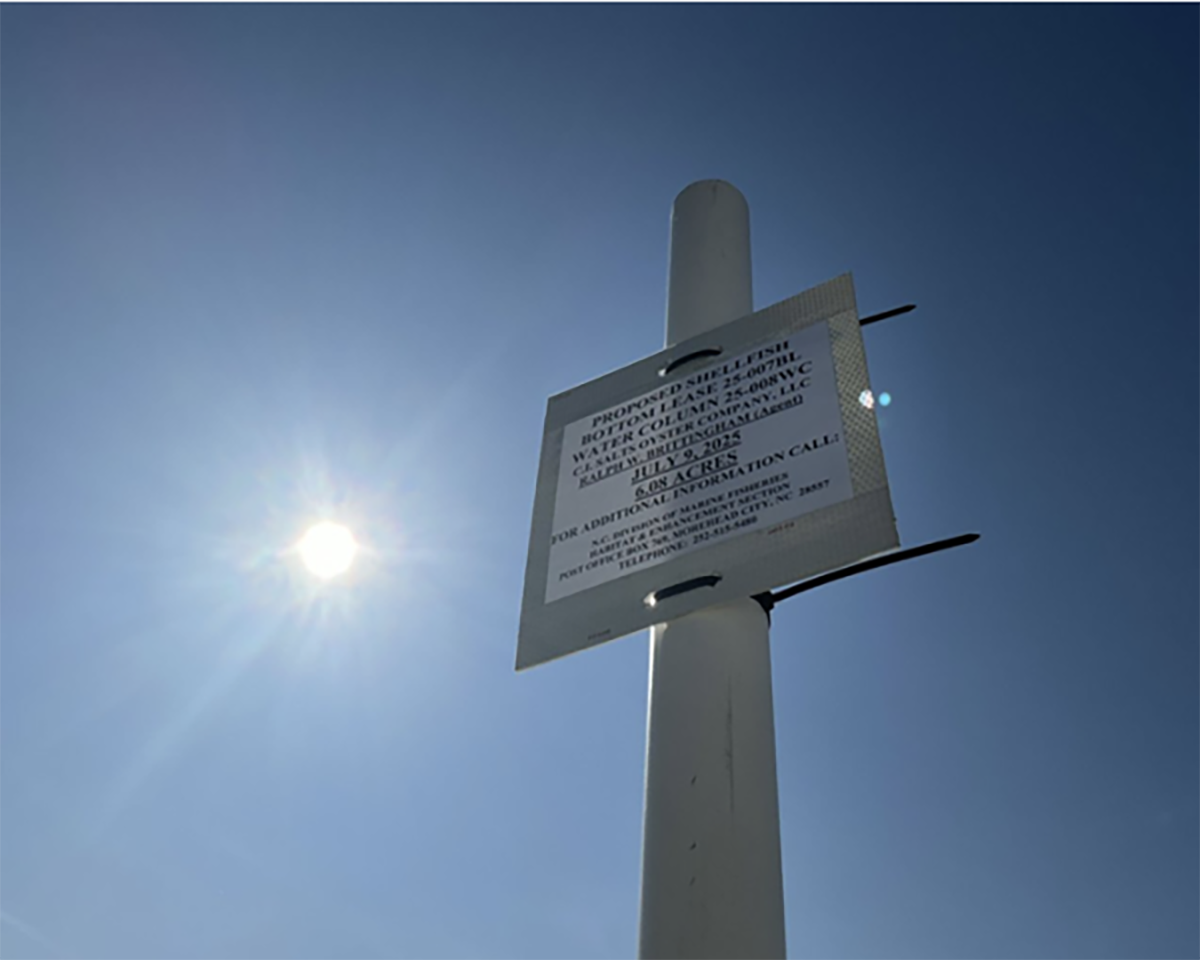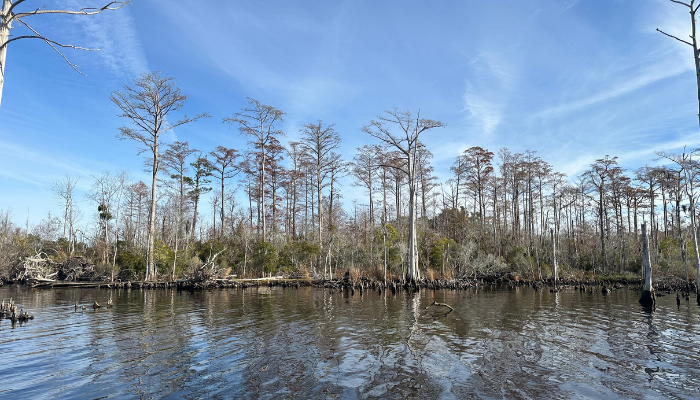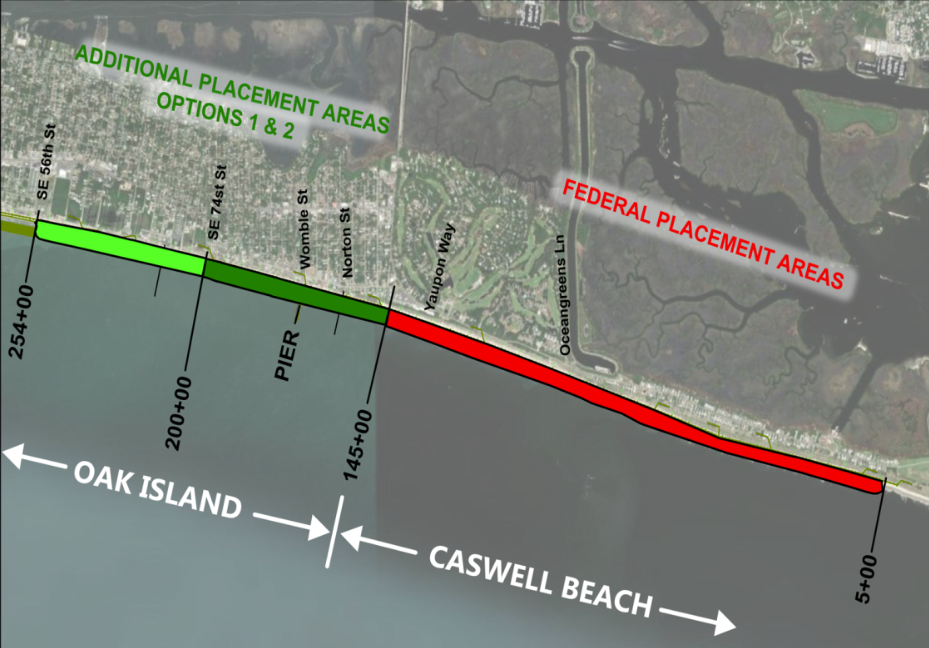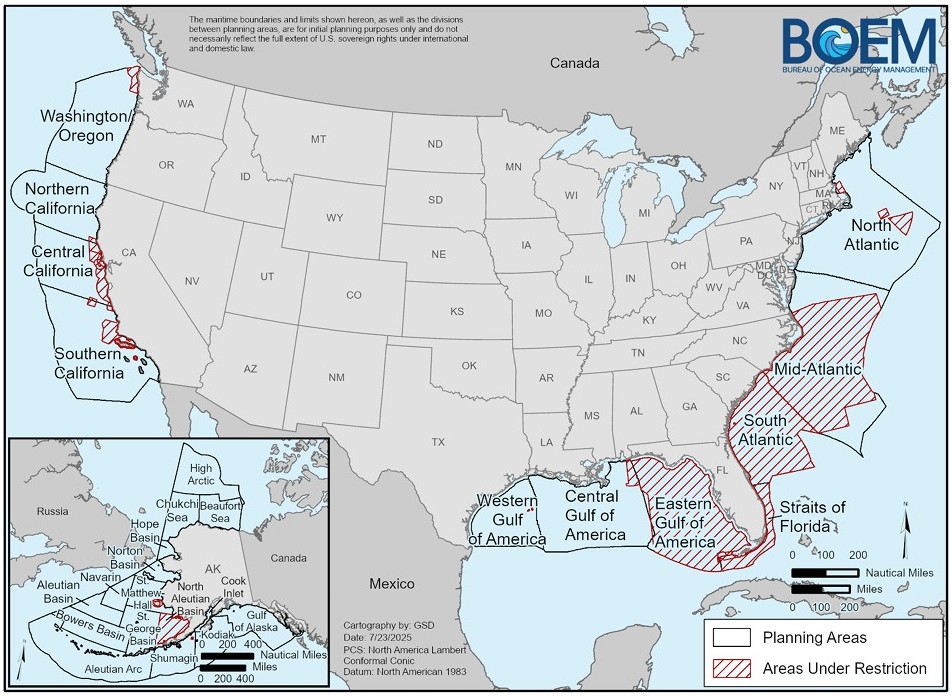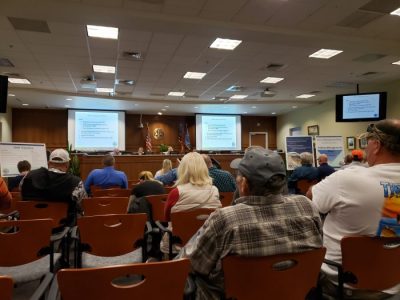
From an Island Free Press report
MANTEO — The state Division of Marine Fisheries heard concerns about the data used to determine that southern flounder was overharvested and the impact of closures on the local economy during a heated scoping meeting Dec. 17.
Supporter Spotlight
The meeting was a part of the long-term process to create management strategies for the upcoming Amendment 3 to the Southern Flounder Fishery Management Plan, which has been controversial since it was first introduced in late 2018 and early 2019.
The Southern Flounder FMP is the result of a state law mandating a minimum 52% reduction in flounder catches this year, compared to 2017 numbers, and a 72% reduction in harvest beginning in 2020, to be achieved through commercial and recreational season closures. The division also proposes yardage and time restrictions for gill nets, and prohibiting the use of puncturing devices, such as gaffs, in the pound net fishery.
The North Carolina Marine Fisheries Commission voted Aug. 23 for the adoption of the Southern Flounder Fishery Management Plan Draft Amendment 2, resulting in a proclamation that closed the commercial and recreational season for southern flounder on Sept. 4.
The Dec. 17 meeting focused on how to formulate the next revision, Amendment 3, and began with a presentation about the process for drafting and implementing Amendment 3 to the Southern Flounder FMP. The DMF staff on hand heard 10 public comments and conducted a lengthy question and answer period that touched on both Amendment 2 and Amendment 3.
Many of those who spoke were concerned that the stock assessment numbers used to determine that southern flounder had been overfished could be inaccurate because there are more closures, less fishing and less fishermen.
Supporter Spotlight
“I know this (meeting) is all about Amendment 3, but you need to evaluate how stock assessments are done. If you put bad data in, you’ll get bad data out,” said Dare County Commissioner and Commission for Working Watermen Chair Steve House.
“It really feels like there is a fact gap here… how could everyone (here) be so wrong?” said Dare County Commissioner Rob Ross said. “It’s difficult to measure a shifting (flounder) population, with environmental factors, hurricanes, (etc.). Don’t disregard hundreds of years of fishing experience that says the data doesn’t sound right.”
Michael Loeffler, Southern Flounder Lead for DMF, explained that the stock assessment was performed by a four-scientist peer review team outside DMF.
He, Rawls, Southern Flounder Co-Lead Anne Markwith and Fishery Management Plan and Rulemaking Coordinator Catherine Blum, the other DMF representatives at the meeting, stated that they stood behind the data.
“I do believe in the results for southern flounder. We’ve seen declines in independent studies as well, and we to need to (be concerned) about this fishery,” said Rawls.
“I believe in the assessment in this case,” added Loeffler. “However, I believe southern flounder can recover if we get the reduction.”
Alana Harrison noted how the changes affected her Hatteras fish house business, and asked if the economic impact study conducted by a social economist outside of the DMF took into account the trickle-down effect of reducing southern flounder catches, particularly in a tourism economy like the Outer Banks. She also noted how sudden changes, like the implementation of Draft Amendment 2 in August, impacted many people’s ability to conduct business.
Mary Ellon Balance of NC Watermen United touched on how DMF Director Stephen Murphey stated that the reduction requirements would not be met without cooperation from the other states. “Can we make sure that the other states are on board for Amendment 3?”
Loeffler said that DMF was working with the other southern states, and were involved and aware of North Carolina’s Southern Flounder FMP.
Dare County Commissioner Wally Overman noted how the Board of Commissioners requested that the season be shifted by a week due to Hurricane Dorian, but that the request was denied.
Many commenters also shared their concerns that, while the public scoping period and meetings were appreciated, their input was not being taken into consideration when developing strategies and the ensuing FMP.
The DMF representatives stated at the end of the meeting that public input would be part of the decision making process going forward.
“We do understand the significance of this fishery, and how important this fishery is to this (specific) economy,” stated Rawls.
The public scoping period ended Dec. 18. DMF then will consider public input and begin drafting Amendment 3 during the first half of 2020. Marine Fisheries Commission will receive a summary of the public input collected during the scoping period at their February 2020 meeting. DMF will then work with the FMP Advisory Committee to further develop Amendment 3 from June through September 2020, and the final vote on Draft Amendment 3 by the Marine Fisheries Commission is expected in May 2021.
A scoping document further outlining the potential management strategies can also be found on the DMF’s Southern Flounder Information Page.
This story is provided courtesy of the Island Free Press, a digital newspaper covering Hatteras and Ocracoke islands. Coastal Review Online is partnering with the Free Press to provide readers with more environmental and lifestyle stories of interest along our coast.



